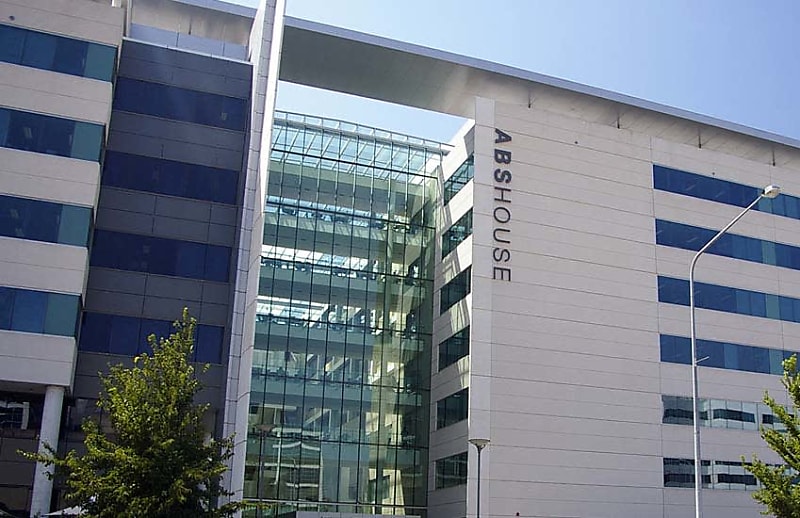The latest CPI figure has revealed a rise in inflation up to 6.8 per cent in the year to April, but the ABS said it did not tell the whole story.
After dropping from an 8.4 per cent peak in December 2022, the April CPI figure saw the nation’s inflation rise from 6.3 per cent in March to 6.8 per cent.
You’re out of free articles for this month
However, ABS head of prices statistics Michelle Marquardt said the fuel excise change in April 2022 played a key factor in subverting the latest figure.
“It’s important to note that a significant contributor to the increase in the annual movement in April was automotive fuel,” said Ms Marquardt.
“The halving of the fuel excise tax in April 2022, which was fully unwound in October 2022, is impacting the annual movement for April 2023.”
For a more accurate picture of the inflation figure, she said statisticians needed to exclude items susceptible to volatile price changes such as fuel, fruit and vegetables, and holiday travel.
“When excluding these volatile items, the annual movement of the monthly CPI indicator was 6.5 per cent in April, lower than 6.9 per cent recorded in March,” said Ms Marquardt.
The ABS revealed the most significant factors that influenced the monthly CPI indicator were housing, an increase of 8.9 per cent, food and non-alcoholic beverages, a rise of 7.9 per cent and transport, an increase of 7.1 per cent.
“Within the housing group, new dwelling prices rose 9.2 per cent, which is the lowest annual growth since February 2022 as building material prices continue to ease,” said Ms Marquardt.
“Rent prices rose further from an annual rise of 5.3 per cent in March to 6.1 per cent in April as the rental market remains tight.”
Speaking at the Senate estimates hearing, RBA governor Philip Lowe declared rent was and would continue to be the single largest component of the CPI and said he expected growth in rents to be approximately 10 per cent.
“Some people are experiencing bigger increases than that. The bigger issue here is supply and demand, the vacancy rates are very low,” said Dr Lowe.
He also said with the population to grow by two per cent this year, the lack of infrastructure to accommodate the increase would cause further housing and rental pressures.
“Are there two per cent more houses? No,” he said.
“We’ve got a lot of people coming into the country, people wanting to live alone or move out of home.”
“The way that this ends up fixing itself is unfortunately through higher housing prices and higher rents. We need more people on average to live in each dwelling, and higher prices do that.”
Josh Needs
AUTHOR
Josh Needs is a journalist at Accountants Daily and SMSF Adviser, which are the leading sources of news, strategy, and educational content for professionals in the accounting and SMSF sectors.
Josh studied journalism at the University of NSW and previously wrote news, feature articles and video reviews for Unsealed 4x4, a specialist offroad motoring website. Since joining the Momentum Media Team in 2022, Josh has written for Accountants Daily and SMSF Adviser.
You can email Josh on: This email address is being protected from spambots. You need JavaScript enabled to view it.

 Login
Login







